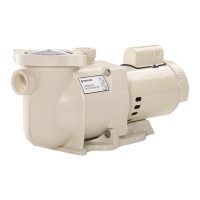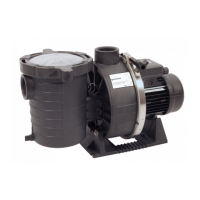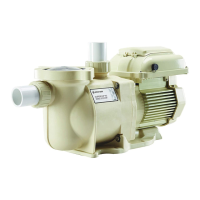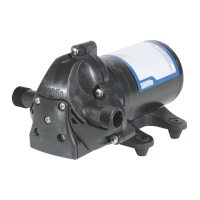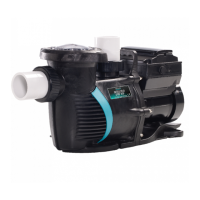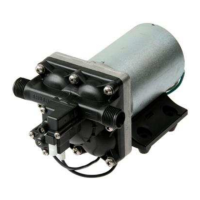To maintain optimum performance from your pump, the suction pipe should
be:
- Kept to the shortest distance practical, but not shorter than
- Re-enforced crush resistant (non-collapsable) hose or pipe.
- All fittings should be air tight.
- Pipes should be equal to or larger than the diameter of the
suction/inlet p ort.
- Ensure that the suction pipe is completely full of water.
Consult your Onga dealer for information regarding the suitability of each
IMH pump in an automatic pressure system prior to installation.
7. Discharge
The length and diameter of the discharge hoses/pipes will affect the pressure
and flow rate at which your pump operates. Pressure ratings of all components
must exceed the maximum pressure of the pump by an appropriate safety
factor. All pipework should be supported independently of the pump.
8. Pump Priming
Ensure that there is at least 200mm of water in your tank, (i.e. that the tank
outlet is covered, and the pump will not draw any air into the system). Open the
gate valve on the tank. Check for any leaks, and repair these if necessary.
If no leaks are present, remove the priming plug to open the priming port on
the top of the pump case.
If the tank is above the level of the pump, water will start to run out of this
port. Replace the priming plug carefully. Your pump is now ready to run.
(Note: If a check valve is installed in the suction line, water may not fi
ll the
pump. If this occurs, follow the instructions below).
If the tank water level is below the level of the pump, you will need to fi
ll the
pump body and suction line. Remove the priming plug and fi ll the pump body
and suction line using a funnel.
9
the recommended length.
The pump may require to be primed a number of times during start up to
ensure all air is expelled.
PRIMING
PLUG
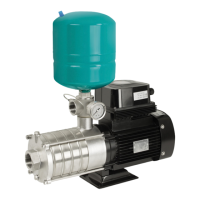
